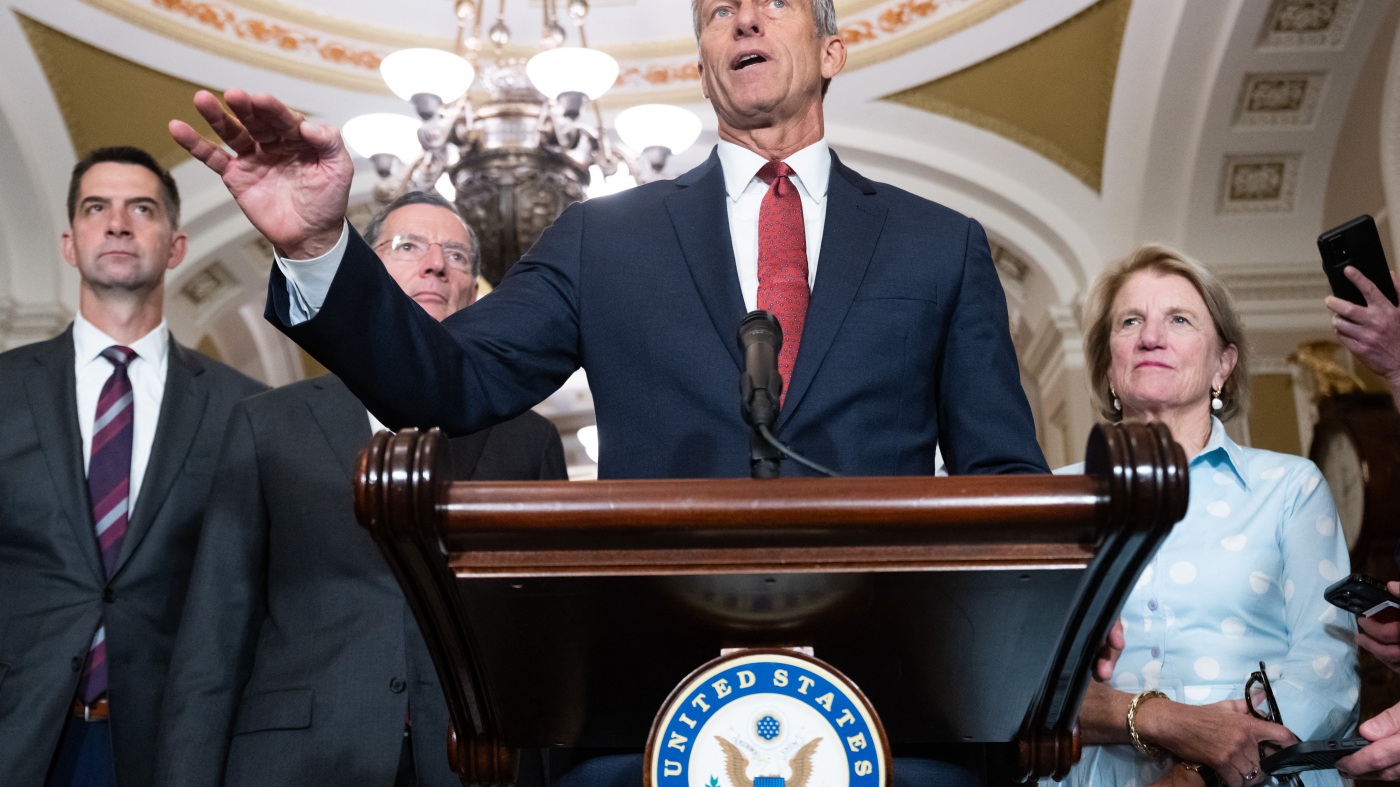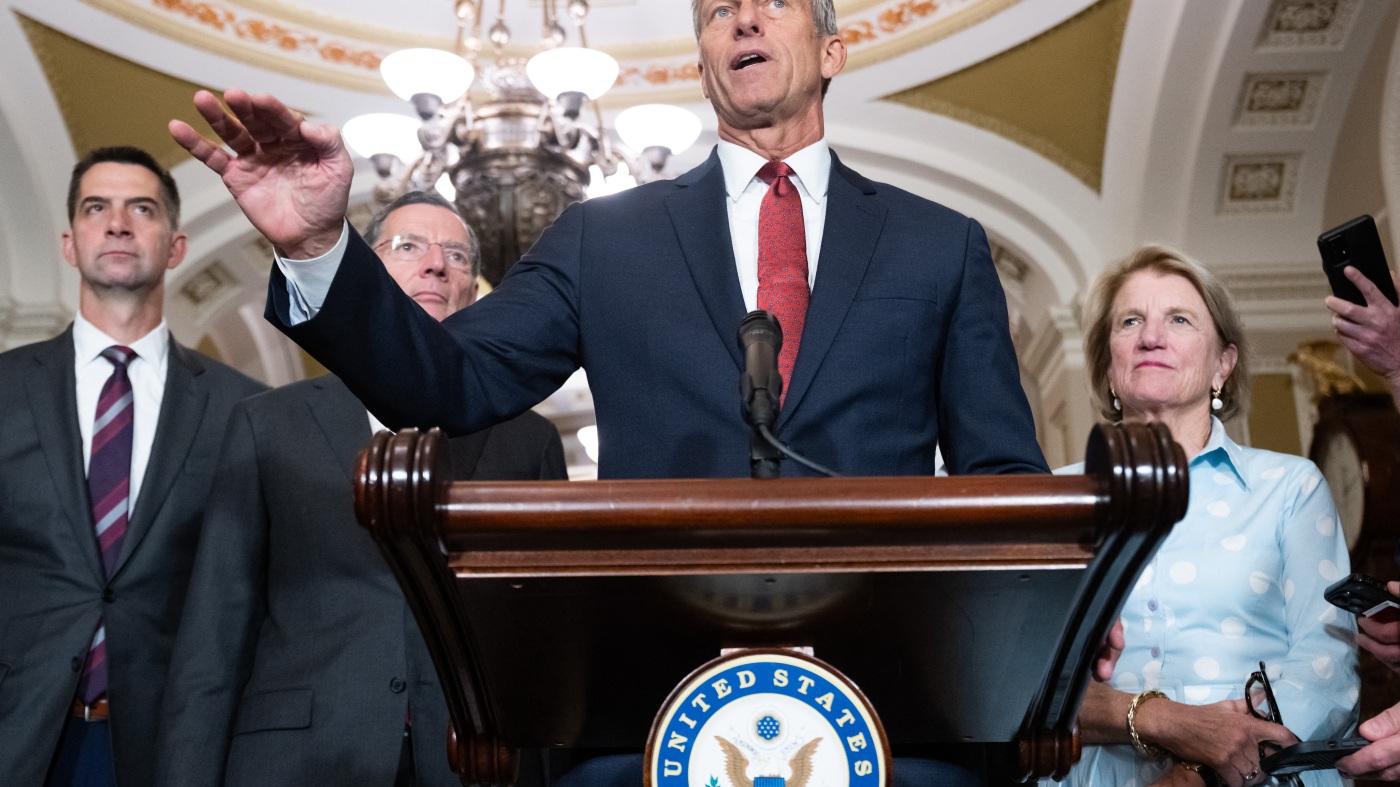The recent congressional debate over President Donald Trump’s proposed “big, beautiful bill” has brought to light a critical clash between legislative ambition and procedural constraints. At the heart of this conflict lies Medicaid, a federal program that has become a focal point for partisan battles. Senate Republicans, eager to reshape Medicaid, have encountered an unexpected obstacle: the Senate parliamentarian. This neutral arbiter, tasked with interpreting the arcane rules of budget reconciliation, has quietly but decisively shaped the contours of the final bill.
The parliamentarian’s role is pivotal in determining whether specific provisions in a fast-tracked bill comply with reconciliation requirements. When lawmakers attempt to include sweeping policy changes under the guise of budget tweaks, the parliamentarian’s approval or rejection can make or break their plans. This dynamic recently played out when the parliamentarian ruled that certain Medicaid reforms, such as modifications to the Federal Medical Assistance Percentage (FMAP) and limits on provider taxes, did not meet the criteria for inclusion in a reconciliation bill. These rulings have significant implications, as they strip away key cost-cutting measures and alter the bill’s overall impact.
Medicaid has long been a contentious issue in partisan politics, particularly since the Affordable Care Act expanded its reach. Republicans have framed their push to overhaul Medicaid as an effort to eliminate “waste, fraud, and abuse.” However, the proposed changes would result in substantial structural shifts to the program. Among the central proposals are lowering the FMAP for expansion states from 90% to 80%, instituting work requirements for able-bodied adults, overhauling provider taxes, and imposing per capita caps or block grants to limit federal Medicaid spending growth. Estimates suggest these changes could lead to more than 10 million people losing Medicaid coverage by 2034. The House version of the bill alone slashes around $600 billion from the program over ten years, setting the stage for contentious negotiations with the Senate.
For Senate Republicans, the parliamentarian’s rulings present a mixed blessing. On one hand, they are forced to strip out or rewrite contentious Medicaid provisions that violate the Byrd Rule, which limits reconciliation bills to purely budget-related measures. On the other hand, the removal of these provisions may mitigate political fallout for vulnerable incumbents facing reelection. The rejected provisions include the FMAP reduction and new limits on provider taxes, both of which would have significantly altered how states finance Medicaid. For millions of low-income Americans, this means a temporary reprieve from the most drastic threats to their healthcare.
However, not all proposed changes have been axed. Work requirements, a perennial conservative favorite, remain a possible feature of the final bill. Proponents argue that these requirements will encourage self-sufficiency, while critics contend that they risk cutting off coverage for those who struggle to comply due to caregiving responsibilities, mental health issues, or regional job scarcity. Historical data shows that work requirements have reduced coverage without clear evidence of boosting long-term employment among beneficiaries.
The political dynamics of this debate extend beyond procedural wrangling. Speaker Mike Johnson has reportedly warned that the Senate’s push for deeper Medicaid cuts could cost House Republicans their majority in the next election cycle. Pressure from healthcare advocates, rural hospital groups, and nervous moderates in swing states is palpable. Senate leaders have even floated the idea of pouring billions into a rural hospital fund to soften the blow, though finding consensus on this issue has proven challenging.
The House’s more aggressive version of the bill adds to the tension, putting the onus on Senate negotiators to balance political and policy priorities. This process reveals real divides within the GOP: fiscal hawks see unchecked entitlements as an existential threat, while centrists and rural-state Republicans fear the electoral cost of being branded as slashing healthcare for low-income individuals.
The potential impact on the public is profound. Reducing Medicaid’s reach doesn’t just trim budgetary fat; it fundamentally alters health access for millions. The groups most at risk include low-income children and adults, people with disabilities, seniors in nursing homes, and rural hospitals that rely on Medicaid and uncompensated care funding. If the House version’s $600 billion in cuts were adopted and work requirements rigidly enforced, nearly 11 million Americans could lose their coverage. This would have far-reaching consequences for public health systems, child wellness, and public finances, particularly in expansion states.
Contrary to GOP messaging about eliminating “waste,” these cuts primarily target eligibility, benefits, and states’ ability to sustain Medicaid rolls. State governments would likely be forced to ration care, further limit eligibility, or find new revenue streams to compensate for the reduced federal funding.
The broader legislative picture is equally complex. The “big, beautiful bill” also proposes changes to programs like SNAP and includes controversial tax cuts benefiting higher-income households. Analysts note that the net effect is a “reverse Robin Hood” redistribution, where resources flow upward while social safety nets for the most vulnerable are trimmed. Senate Democrats and some centrist Republicans are prepared to mount fierce opposition, and the parliamentarian’s rulings have emboldened them. Each rejected provision reduces the bill’s impact—both fiscally and socially—and sets up a high-stakes game of legislative ping-pong as each chamber seeks to preserve its priorities.
In conclusion, the drama over Medicaid in the GOP’s “big, beautiful bill” highlights the tension between policy ambitions and procedural realities. The parliamentarian’s rulings, though often overlooked, wield significant power in shaping the final legislation. As negotiations continue, the bill’s final form will signal not only the immediate fate of Medicaid but also the boundaries of legislative possibility in a polarized Congress. For millions of Americans, the stakes are high, echoing in doctor’s offices, hospital wards, and state budgets. Whether this bill delivers sweeping change or simply more gridlock remains to be seen, but one thing is certain: in the halls of Congress, procedure sometimes speaks louder than politics.








